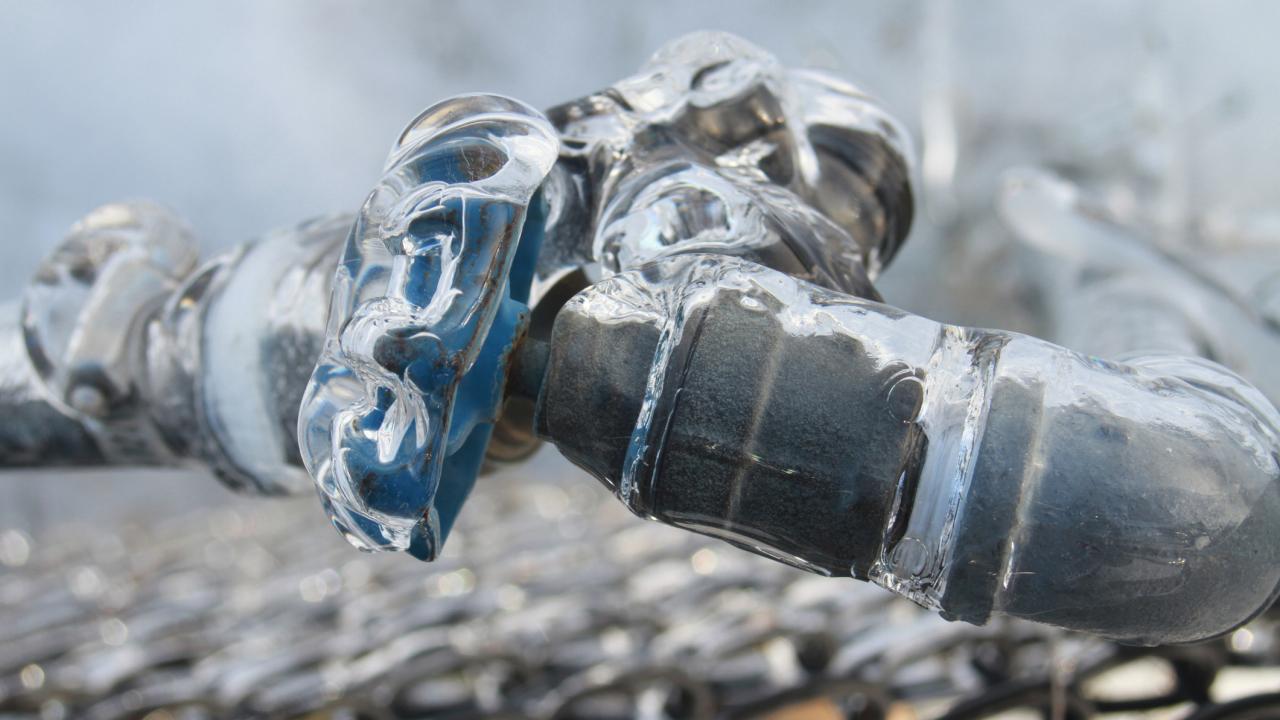How to Avoid Frozen Pipes in Winter: Expert Tips
How to Avoid Frozen Pipes in Winter: Expert Tips
Blog Article
Just how do you feel about How to Prevent Your Pipes From Freezing?

Winter can damage your plumbing, specifically by freezing pipes. Below's just how to avoid it from happening and what to do if it does.
Intro
As temperatures decrease, the threat of frozen pipes increases, potentially resulting in pricey repair services and water damages. Recognizing just how to stop icy pipelines is vital for house owners in chilly environments.
Recognizing Icy Pipes
What causes pipelines to ice up?
Pipes freeze when revealed to temperature levels below 32 ° F (0 ° C) for expanded periods. As water inside the pipelines freezes, it increases, taxing the pipe wall surfaces and potentially creating them to burst.
Threats and problems
Icy pipes can result in water system disturbances, building damage, and pricey repair work. Burst pipes can flood homes and cause comprehensive structural damages.
Indications of Frozen Pipeline
Identifying icy pipes early can stop them from rupturing.
How to identify icy pipes
Seek decreased water circulation from faucets, uncommon smells or noises from pipelines, and visible frost on revealed pipes.
Avoidance Tips
Insulating susceptible pipelines
Wrap pipes in insulation sleeves or utilize warm tape to safeguard them from freezing temperature levels. Concentrate on pipelines in unheated or external locations of the home.
Heating techniques
Keep indoor rooms appropriately warmed, specifically locations with pipes. Open cabinet doors to permit cozy air to distribute around pipes under sinks.
Shielding Exterior Plumbing
Yard pipes and exterior faucets
Separate and drain garden pipes before winter months. Set up frost-proof faucets or cover outside taps with protected caps.
What to Do If Your Pipes Freeze
Immediate activities to take
If you suspect icy pipes, keep taps open to soothe pressure as the ice melts. Use a hairdryer or towels taken in warm water to thaw pipelines slowly.
Long-Term Solutions
Structural changes
Take into consideration rerouting pipelines away from exterior wall surfaces or unheated areas. Include added insulation to attic rooms, basements, and crawl spaces.
Upgrading insulation
Invest in top notch insulation for pipelines, attic rooms, and walls. Appropriate insulation assists maintain consistent temperature levels and reduces the threat of icy pipelines.
Final thought
Stopping frozen pipes calls for aggressive procedures and quick reactions. By understanding the reasons, indicators, and preventive measures, property owners can protect their pipes during winter.
5 Ways to Prevent Frozen Pipes
Drain Outdoor Faucets and Disconnect Hoses
First, close the shut-off valve that controls the flow of water in the pipe to your outdoor faucet. Then, head outside to disconnect and drain your hose and open the outdoor faucet to allow the water to completely drain out of the line. Turn off the faucet when done. Finally, head back to the shut-off valve and drain the remaining water inside the pipe into a bucket or container. Additionally, if you have a home irrigation system, you should consider hiring an expert to clear the system of water each year.
Insulate Pipes
One of the best and most cost-effective methods for preventing frozen water pipes is to wrap your pipes with insulation. This is especially important for areas in your home that aren’t exposed to heat, such as an attic. We suggest using foam sleeves, which can typically be found at your local hardware store.
Keep Heat Running at 65
Your pipes are located inside your walls, and the temperature there is much colder than the rest of the house. To prevent your pipes from freezing, The Insurance Information Institute suggests that you keep your home heated to at least 65 degrees, even when traveling. You may want to invest in smart devices that can keep an eye on the temperature in your home while you’re away.
Leave Water Dripping
Moving water — even a small trickle — can prevent ice from forming inside your pipes. When freezing temps are imminent, start a drip of water from all faucets that serve exposed pipes. Leaving a few faucets running will also help relieve pressure inside the pipes and help prevent a rupture if the water inside freezes.
Open Cupboard Doors
Warm your kitchen and bathroom pipes by opening cupboards and vanities. You should also leave your interior doors ajar to help warm air circulate evenly throughout your home.

As a reader on Helpful Tips to Prevent Frozen Pipes this Winter, I imagined sharing that topic was really helpful. So long as you enjoyed our page if you please consider to share it. I love your readership.
Here Report this page